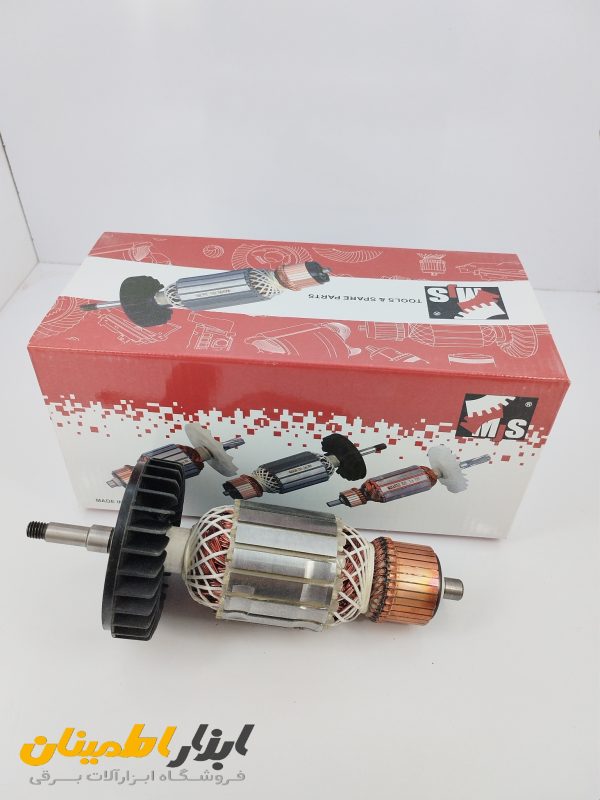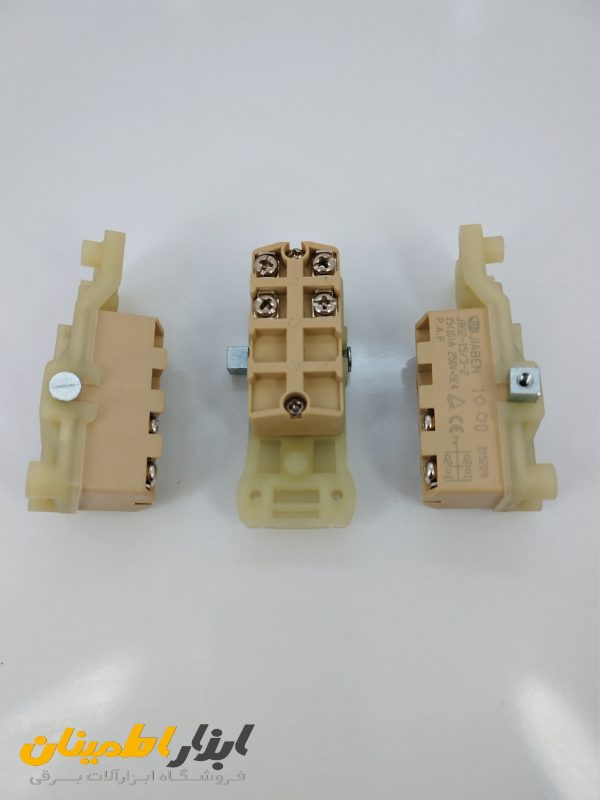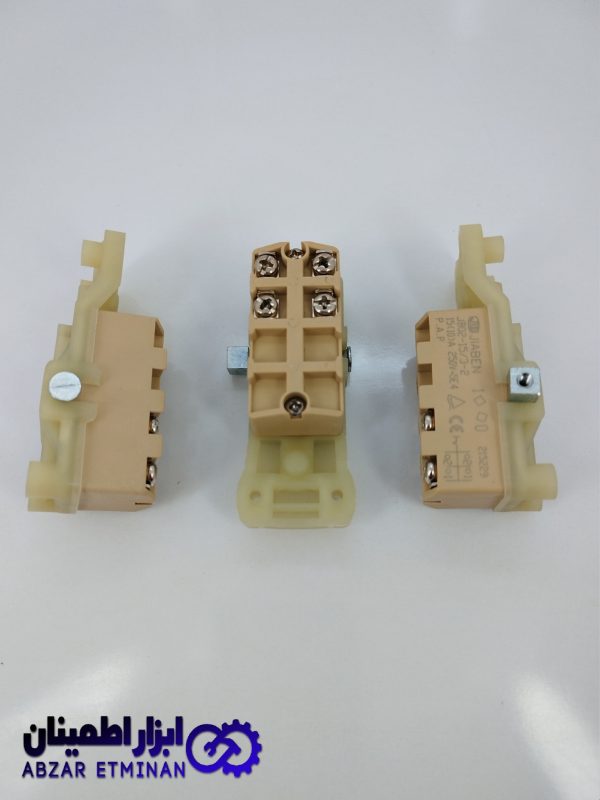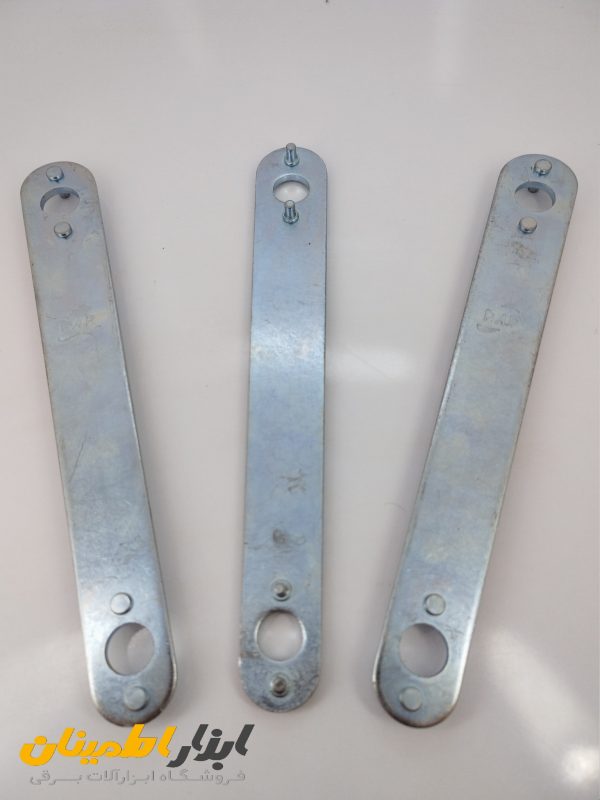What Did We Learn from Our Study on Sober Living Houses and Where Do We Go from Here?
The result is a more resilient recovery community prepared for the challenges of modern addiction. The introduction of sobriety calculators marks an important development in the journey towards alcohol-free living. These tools offer personalized insights by tracking sobriety milestones and providing motivational data. In 2025, these digital sobriety aids have evolved to include psychological metrics, which help individuals better understand their progress and challenges. The active use of these calculators further enhances self-awareness and goal-setting within recovery journeys. Resources such as the Digital sobriety tools available in today’s recovery landscape illustrate how technology empowers individuals, aligning with the comprehensive support approach of modern sobriety practices.
The findings emphasize the role of 12-step programs, peer support, and social networks in improving outcomes and inform future research on SLH integration with treatment and criminal justice systems. If you or a loved one are pursuing addiction recovery, sober living housing could be the next step on your journey. For people currently in a treatment program, coordination with the current care team to establish an aftercare plan can make the transition to sober living much smoother. With professional connections between treatment programs and aftercare housing, patients can ensure they do not lose time transitioning between levels of care.
All sober living environments should have clear expectations of residents in terms of recovery goals and standard admission protocols to ensure those expectations are met. If a resident fails to meet those requirements, the sober living program should take appropriate action. If you think a sober living house might be the best environment for you as you prepare for your next step in your sobriety journey, ensure that the facility you are considering is properly run. A reputable sober living program will fully inform prospective residents of any fees or charges for their stay upfront.
Sober Living Homes Explained: Working and Benefits
Residents in these communities had higher employment rates and longer sobriety durations. Conversely, SLHs in areas with high crime rates and limited resources faced more challenges, and residents had lower success rates in maintaining sobriety. Sober living works as a transition between rehabilitation facilities and independent living. Residents follow the rules, attend counseling sessions, and participate in house meetings to maintain stability and accountability. Many individuals attempting to abstain from alcohol and drugs do not have access to appropriate housing that supports sustained recovery.
Are there age restrictions for residents in sober living homes?
However, you might be wondering what happens now that the detox is over, you’ve completed your stay at an addiction treatment center, and it is time to go home. While in sober living, individuals continue their journey of recovery through ongoing treatment and therapy. Expect to attend counseling sessions, group meetings, and other therapeutic activities to address underlying issues, develop coping strategies, and promote emotional well-being. After a consultation, you’ll be assigned a team of trained staff tailored to your specific needs.
Clean and Sober Transitional Living (CSTL)
A quality sober living house will also be well-maintained, clean, and have ample space for all residents. Make sure to visit the location in person for a tour and do not rely solely on website images. On average, the cost of living in a sober home ranges from $500 to $5,000 per month.
What Is the Difference Between Sobriety and Sober Curious?
Our award-winning newsroom has some of the best reporters, photographers & editors in the state, and we’re dedicated to getting the story right. We https://appsychology.com/living-in-a-sober-house/ believe a healthy community depends on everyone having access to quality independent journalism, whether they can afford to pay or not. As a nonprofit organization, we’re committed to providing real reporting to everyone in Southern Arizona. For those who can’t afford to contribute right now, please sign up for our free Watchdog Update newsletters, & help the spread word about the Sentinel to your friends, family, neighbors & co-workers. A single story can cost us thousands of dollars to report – some take months & months of dogged digging, others require paying for tall stacks of records that officials don’t want to provide.
Alcohol Abuse & Addiction
- Sober living homes are a crucial next step for people who have finished inpatient rehab but aren’t ready to live on their own yet.
- Sober living programs offer extended support to people recovering from drug or alcohol addiction.
- Other options include using government grants, or local nonprofit organizations, which may offer financial support for those in recovery.
- Although criminal justice referred residents had alcohol and drug use outcomes that were similar to other residents, they had a harder time finding and keeping work and had higher rearrest rates.
- Some measures assessed the entire 6 months between data collection time points.
- The process often includes an interview and signing a contract to follow the house rules.
A sober living home can help you save money and work toward independence while staying sober. While sober living homes provide structure through rules and routines, they also allow for a certain level of independence. This balance is crucial as it helps residents gradually adjust to life outside of a treatment center. They can begin to manage their own time, finances, and responsibilities, which is an important step toward lasting recovery.
- Despite the advantages of halfway houses, there are limitations as well (Polcin & Henderson, 2008).
- It’s also helpful for people who don’t need rehab but want a safe place to focus on recovery.
- Understanding its importance could be the key to not just achieving sobriety but maintaining it in the long run.
- If you are ready to take back control of your life and enter addiction treatment, contact a treatment provider today to explore your rehab options.
- Residents adhere to house rules, participate in regular house meetings, and engage in daily activities that foster personal responsibility and routine.
What Amenities Do Sober Living Homes Offer?
Going to a sober living house has been proven to support sobriety efforts, with results ranging from a decreased amount of relapses to long-term sobriety. Leaving the structure of the treatment program can be very disruptive to your sobriety, so treatment programs have strict schedules filled with counseling, group therapy, and participatory activities. Most residents of these homes have recently completed an inpatient or outpatient treatment program. Read on to learn about what a sober living house is, the history of sober living homes, types, who should go to one, and how you can find a sober living house. If you or someone Sober House Rules: A Comprehensive Overview you know has recently quit drinking alcohol and is now sober—congratulations, quitting alcohol can be a long and difficult process.
What Is Sober Living and How Does It Support Recovery?
Some homes might have specific age restrictions or cater to particular age groups, such as young adults, seniors, or specific life stages. It’s crucial to verify the age policy of the sober living home you’re considering to ensure it aligns with your needs. Factors such as employment status, family support, and progress in sobriety influence the decision. The goal is gradually transitioning to mainstream society while maintaining sobriety and building essential life skills. When considering the cost and affordability of a sober living home, it’s important to look at various factors such as location, services offered, and additional fees. On average, sober living homes can range from $300 to $2,000 per month (Drug Rehab), with some homes charging as much as $5,600 per month (Transitions Gateway), depending on the location and amenities provided.









اولین دیدگاه را ثبت کنید